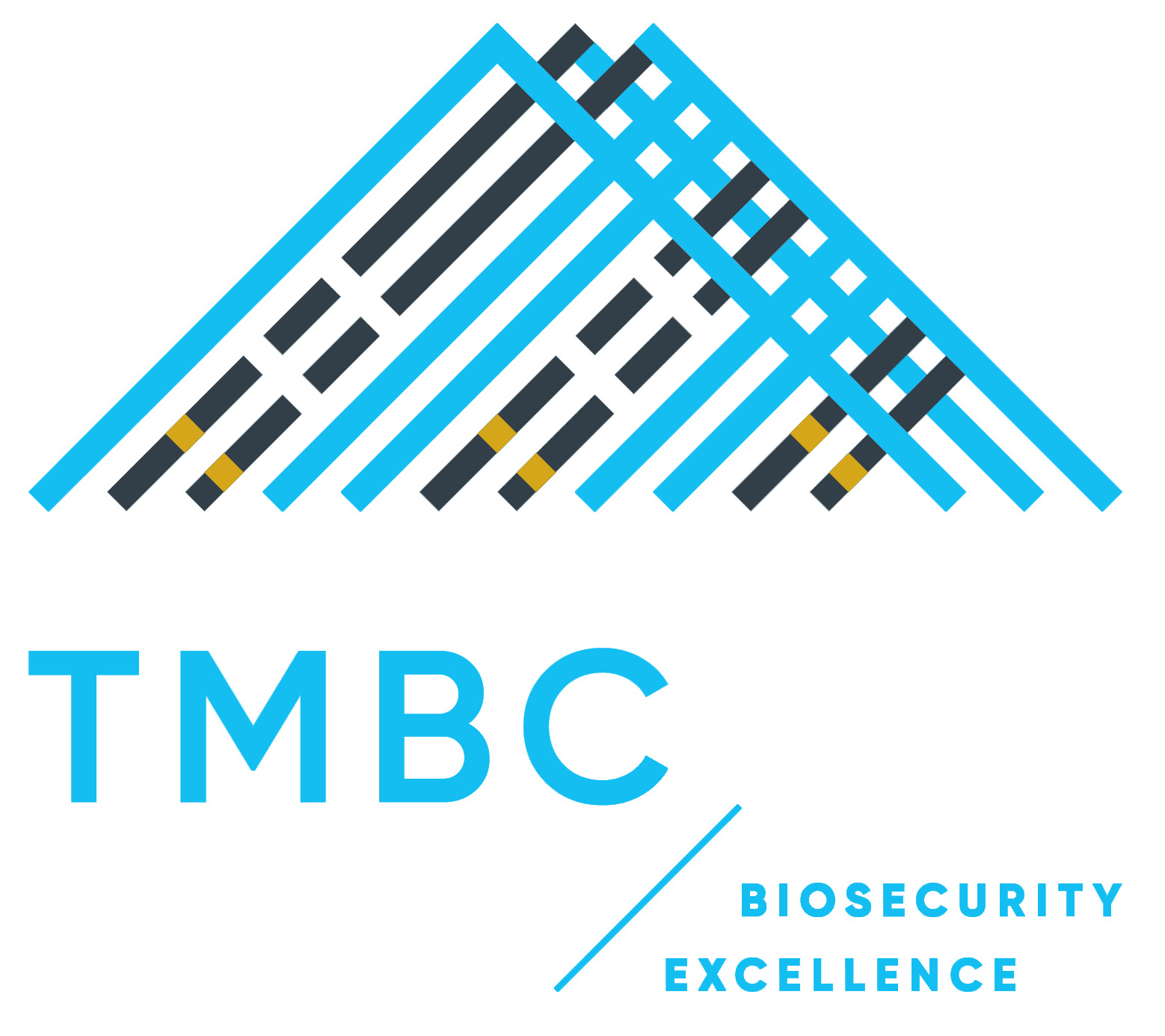An interview with… Bill Dyck, science and technology broker
This month we chat to Bill Dyck, a man of many biosecurity-related hats, about his various roles and the key opportunities for protecting Tauranga Moana.
You’ve just returned from a trip to Europe, tell us about that?
I went up there as part of a team assisting the Basque Government with a pathogen affecting pine trees. It’s a pathogen that’s affecting the needles, defoliating trees, which ends up slowing their growth and in some cases killing the trees. My role there was to lead a team including Scion scientists to try to work out what was causing the problem and how to treat it.
What are some of the biosecurity issues facing NewZealand forestry?
We’ve got a number of needle diseases in radiata pine that are weakening the trees and we need to make sure we don’t get any more. Used logging equipment that isn’t cleaned properly at the border is a big problem, for example used de-barkers. They’re supposed to be clean on arrival but often they’re full of material and it doesn’t take much to bring in a pathogen. That’s why we’ve got the Port Biosecurity Excellence programme, raising awareness among members of the Tauranga Port community.
Tell us about your roles in Biosecurity?
I work as a Knowledge Broker for the Biological Heritage National Science Challenge where my main task is to transfer the knowledge that’s developed in the challenge and share that knowledge with key stakeholders. I also work from the other direction and take ideas from stakeholders to the challenge. The approach that the Biological Heritage is taking to reverse the decline of biosecurity and biodiversity is completely different from traditional approaches as it is bringing end-users and scientists together in the design process and also ensuring we’ve got a strong iwi perspective.
I also contract to the New Zealand Forest Owners Association as their Forest Biosecurity Manager, contract to Regional Councils developing and implementing their science strategy, and manage a funding scheme called Envirolink to transfer knowledge from university science to regional councils.
You’ve spent about eighteen years of strengthening biosecurity for the forest industry, how did you get involved?
I came to New Zealand in 1977 on a holiday from Canada and never left, starting work at Scion as a scientist in soils. I then went on to work at Carter Holt Harvey Forestry, eventually becoming the GM Forestry before leaving to become an independent consultant in 1999. There were two things that I really noticed about forestry – firstly that biosecurity in forestry wasn’t really up to scratch and secondly that we were having huge wood quality issues. I started a wood quality initiative focussing on wood quality research and technology development. Then on the biosecurity side I got involved on the Forest Owners Association Biosecurity Committee for the forest industry on contract.
What changes have you noticed over time?
Industries are doing a lot more to protect and increase awareness, they’ve really stepped up their biosecurity efforts. We’ve got 1.7 million hectares of forestry across New Zealand so as a land use, that’s substantial and we’ve got extensive surveillance that happens across the estate to try to make sure nothing new gets established and keep an eye on things that are already there. As an industry we’ve been doing that for 60 years now. When I started eighteen years ago as a Biosecurity Manager, there weren’t any others in the country but now there are at least a dozen or so across most sectors. That’s a very good thing as the biosecurity threats are getting closer and risk is increasing.
What do you think are the biggest challenges for Tauranga Moana?
The biggest opportunities are getting the citizens and the community behind biosecurity and you can see quite a bit of that happening, for example with the school programmes.
I think the biggest threat to our lifestyles is probably the Brown Marmorated Stink Bug (BMSB). We stayed in a friend’s place in Italy and the first thing that greeted us was a BMSB! Italy is riddled with them. When you disturb them, the smell is awful. They eat something like 300 different species of crops and get into houses over winter. It was spring when we were in Italy so most of them were outside. I found one in my suitcase! But left it in Italy.
They come into New Zealand on tractors from Italy and other goods. It’s a huge risk, but how many people realise that? People coming back from overseas get screened for meat and apples but they could be bringing in BMSB in their suitcases or even pine needles with their golf clubs and not get picked up at the border.
As a region, we depend on forestry and horticulture. We’re vulnerable to biosecurity threats and everyone would suffer if these pests or diseases take hold. There’s a good reason why we are the Biosecurity Capital.
What are you most excited about?
I’m really excited about developments in DNA-based technology that has applications in biosecurity. For example, wearing my Regional Council hat, Cawthron is currently developing a tool for councils to detect fresh water fish by analysing water for traces of their DNA. In the near future it will be possible to go to your local lake or stream, get a sample of water and analyse what fish species are in it – including pest fish. The development of some of these DNA technologies for detecting marine pests is especially exciting. For example Asian Paddle Crab – you could actually put in networks of eDNA samplers in Tauranga harbour to alert you if any crabs are present. In the more sophisticated samplers, you can have the DNA analysis done automatically. These new technologies can really help with the surveillance and monitoring aspects of biosecurity.
